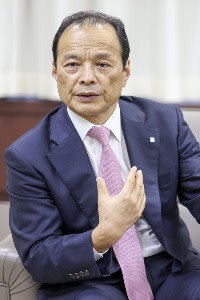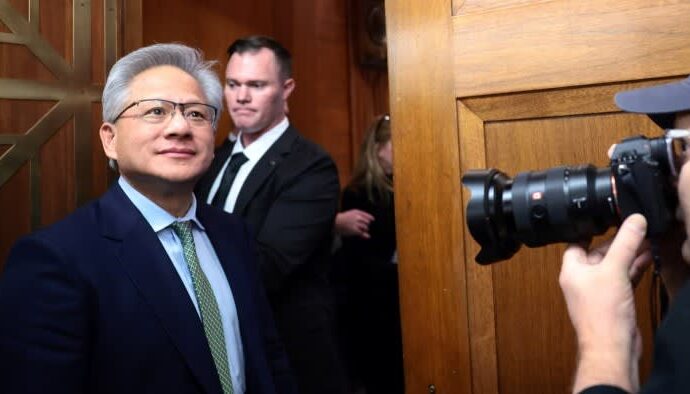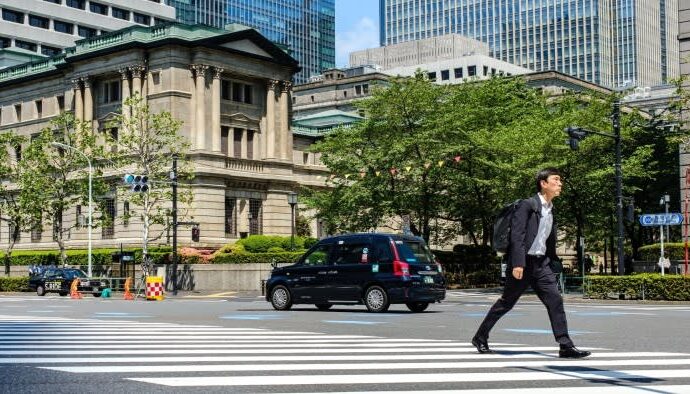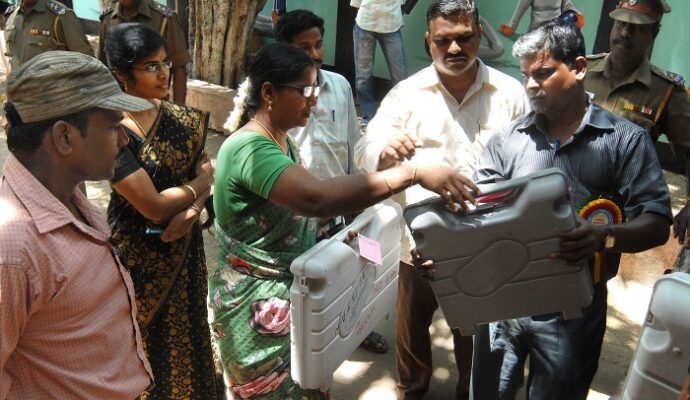Unlock the Editor’s Digest for free
Roula Khalaf, Editor of the FT, selects her favourite stories in this weekly newsletter.
Japan’s largest non-life insurer is betting its acquisition of an engineering consultancy that specialises in natural disaster mitigation can help keep customers’ expenses in check and drive profits as climate change intensifies and raises recovery costs.
Tokio Marine’s ¥97.8bn ($642mn) purchase of Integrated Design & Engineering (ID&E) this year is being held up by the Japanese group and analysts as a solution to fears of a growing gap between insured losses and actual costs from natural disasters.
The insurer plans to offer ID&E’s services to 100 Japanese companies at risk of landslides, flooding and natural disasters related to climate change in order to gauge demand.
ID&E could have outsize strategic importance for the insurer and be part of a model that can be extended and copied, Tokio Marine’s chief executive told the Financial Times in an interview.
“This kind of business is not seen anywhere else globally,” said Satoru Komiya. “The number of customers is going to increase.”

“It is very unique for a [property and casualty insurance] company to . . . put their own capital into an engineering company,” said Futoshi Sasaki, an insurance analyst at Nomura who could not recall another global example of a similar partnership by a major insurer.
As global warming alters weather patterns, Japan’s meteorological society estimates that extreme events are likely to increase in terms of frequency and intensity. Typhoons near Japan are projected to intensify along with linked phenomena such as lightning strikes, hail and tornadoes.
Japanese insurers in the past year have warned customers of “hail disasters” involving large pieces of ice whipped around at speeds approaching 100km an hour and increased cover for car insurance as a result.
Globally, the cost of insuring against natural disasters has soared. Economic losses from such events totalled $138bn in the first half of this year, up from $123bn in the same period last year, according to reinsurer Swiss Re. Of the losses this year, 58 per cent were uninsured.
Tokio Marine had increased its annual budget to deal with natural disaster claims by ¥38bn, but the purchase of ID&E was another way to mitigate rising costs, said Komiya. Customers will be encouraged to invest in preventing damage from reoccurring rather than just replacing what was lost.
“The reality is that if it’s just a restoration then next time a similar disaster happens, similar damage is going to occur again,” said Komiya. “And if they keep on doing that and keep on filing insurance claims, their premium price is likely to go up.”
Nomura’s Sasaki added that Japan’s corporate governance reform push, which has encouraged shareholders to press companies about their use of excess cash, would incentivise Tokio Marine’s customers to use ID&E’s services.
“In the past, Japanese corporations tended to have much capital and much cash on hand because they wanted to tackle risks [such as natural catastrophes] using their own capital, their own cash,” said Sasaki. “But now it doesn’t work, so they have to talk with Tokio Marine.”
“The domestic consultation market specifically for disaster prevention and mitigation . . . is said to be ¥800bn,” said Tomohisa Fukuoka, chief executive of ID&E. “Ninety per cent of that is for public spending while only 10 per cent is for the private sector, so you can see how vast the market could be.”


